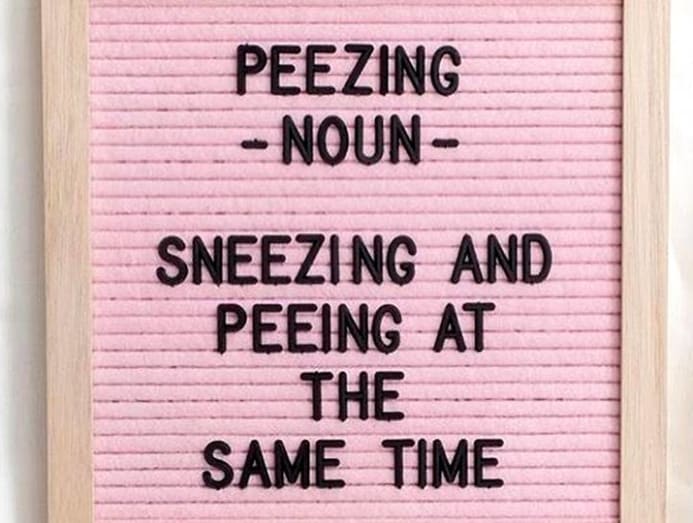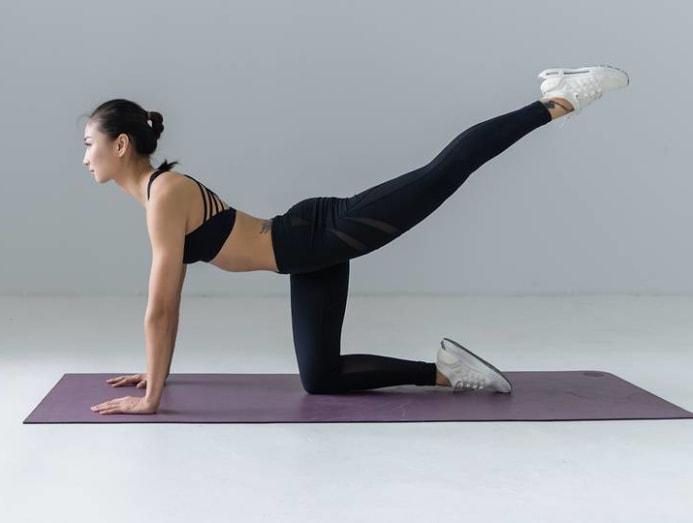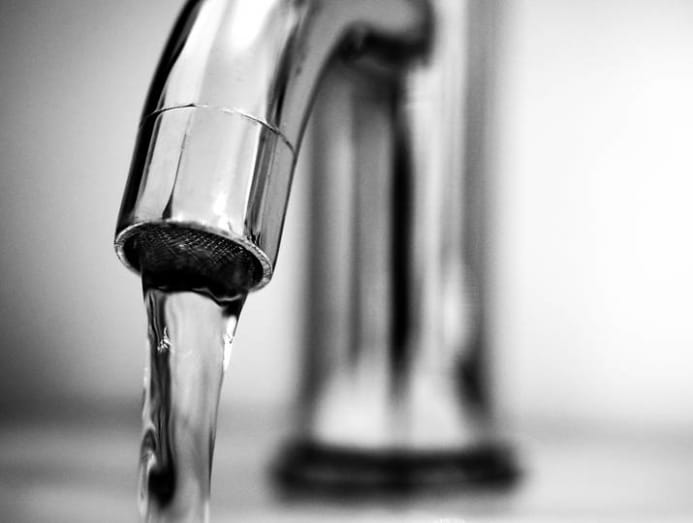Why you can't control your pee when you're still young – and how to fix it
Incontinence, both urinary and faecal, can be very real for some in their early 40s and even teenagers. Surprisingly, Botox might be involved in keeping accidents at bay.

(Photo: Unsplash/Tim Mossholder)
The last time you couldn’t contain yourself before locating the bathroom was probably when you were still in adorable training pants. Fast forward to now and it might be happening again, except that this time, there’s no one to clean up after you and it’s no longer cute.
If you’re thinking, nah, faecal and urinary incontinence is something that only affects those in their 70s, and you still have many years to go, don’t be so sure yet. Urinary incontinence can happen in women in their late 40s, said Dr Ng Lay Guat, senior consultant with Singapore General Hospital’s Department of Urology.
Urinary incontinence can even be experienced during the teenage years, said Dr Park Joon Jae, urology consultant with Changi General Hospital (CGH). “I have seen patients as young as 17 years of age,” he said.
A NOT-SO-WEE PROBLEM
While older folks tend to have incontinence of both or either type, urinary incontinence is more common, said Dr Ng. The causes are varied and age-related muscle degeneration is just one of the usual ones, which explains why these issues are more common in the elderly, he said.
In younger patients, the causes may be neurological, including damage to the brain, spinal cord or nerves. In teenagers, it can be the result of hormonal changes, a bladder infection or childhood bedwetting that has been carried over into teenhood.
In some instances, pelvic muscle injury from high-impact sports such as gymnastics could be a cause, according to a study by the Health Department of Stellenbosch University.

When it comes to faecal incontinence, younger patients may suffer from it due to uncontrolled inflammatory bowel disease (IBD), said Dr Ang.
She added that in women, it could result from “damage to the nerve supply that helps to maintain continence” sustained from prolonged or multiple childbirths.
“Illnesses such as diabetes or a stroke can similarly affect the nerve supply to the rectum or anus. A stiff rectum may occur in inflammatory bowel disease or after radiation therapy for prostate cancer,” she said.
In some patients, severe chronic constipation is the cause. The faecal leakage occurs when the rectum is so full of solid stools, liquid stools can’t be contained and they flow out involuntarily, said Dr Ang.
READ: Is it okay to hold your pee when you don’t have the time or can’t find a toilet?
And in case you're wondering if these two are related, they can be. Dr Park explained that the connection between the two forms of incontinence lies in the pelvic floor – a span of muscles that support the organs at the bottom of the pelvis.
Damage to the pelvic floor, which can take the form of a difficult childbirth or traumatic spinal cord injury, can lead to urinary and/or faecal incontinence, he said.
“Of course, ageing and prolonged excessive use, seen during chronic straining or coughing, can also lead to the weakening of the pelvic floor.”

HELP IN THE FORM OF BOTOX AND TOILET TRAINING
If sneezing, coughing or even performing a deadlift in the gym creates accidents in your underwear, there are ways to treat it.
For urinary incontinence, Dr Park said that the treatment depends on whether it’s stress urinary incontinence (SUI for short; caused by abdominal pressure exerted when coughing, straining or running) or urgency urinary incontinence (UUI for short; characterised by a frequent urge to urinate and in some cases, leakage before reaching the bathroom).
For SUI, strengthening the pelvic floor with Kegel’s exercises may be all that is required to achieve an acceptable level of urinary incontinence, said Dr Park.
Post-menopausal women who experience SUI “may benefit from the additional use of a topical oestrogen cream”.
To treat UUI, which is often caused by an overactive bladder, Botox may be used. Yes, the same stuff that is injected into the face to smooth out wrinkles. “Botox is quite commonly used and is probably good for middle-aged patients,” said Dr Ng, who noted that the effect can last six to nine months.
According to the University Hospital Southampton, the procedure is performed under general anaesthesia and involves inserting a thin tube with a camera at one end into the bladder.
This allows the surgeon to make about 20 injections of Botox into specific sites of the bladder wall.
In more severe cases of UUI, sacral nerve stimulation may be used, said Dr Park. It involves inserting a small electrical device under the skin of the lower back that produces electric currents to modulate the bladder’s activity.
“Sacral nerve stimulation is also a treatment option for faecal incontinence,” said Dr Ang.
Although the success rates fall between 50 per cent and 90 per cent, its high cost and the need to change the battery every five to 10 years limit its use in Singapore, said Dr Park.

In severe cases and mostly for male patients, an artificial urinary sphincter may be surgically implanted around the bladder neck to keep the sphincter shut until you’re ready to urinate, shared Dr Ng.
READ: What your poo says about your health
When it comes to managing faecal leakages, Dr Ang said that improving the patient’s constipation is key if that is the cause of the incontinence. Bowel training is also crucial.
“Patients are taught to visit the toilet at a specific time of the day, usually after breakfast. In addition, strengthening the muscles of the pelvic floor with biofeedback therapy is an important treatment for faecal incontinence as well,” she said.
Surgery in the form of a sphincteroplasty is the last resort if conservative measures don’t work. This is done to repair anal sphincters in women that have been damaged during childbirth, said Dr Ang.
IS IT TRUE THAT…
When it comes to safeguarding yourself against incontinence, there are some myths that may lead you to sabotage your health further – or just, well, doesn’t hold water. Holding your pee for too long is one.
“Holding one’s urine for extremely long periods of time, such as more than eight hours in the day is not advisable,” said Dr Park. But if you can’t find a washroom, for instance, a short period of 15 to 60 minutes is “unlikely to lead to any serious harm”, he said.
Another misconception is, if you already suffer from urinary incontinence, you shouldn’t drink too much water. Drinking an adequate amount of water is important, especially in Singapore's heat, said Dr Park.
“A fluid intake between 1.5 litres and 2.5 litres per day (depending on one’s height and weight) will be adequate for most.”
Those who work or exercise regularly under the sun will have to increase their fluid intake accordingly. It is all about context. For instance, if you’re working in an air-conditioned office, drinking 3 litres to 4 litres of water a day may worsen your symptoms of incontinence instead, said Dr Park.
As for bowel incontinence, you’d be right to avoid foods that cause diarrhoea as they will worsen your condition, said Dr Ang.
“These include spicy foods, oily foods, dairy products (especially those who are lactose intolerant), foods with artificial sweeteners and caffeinated drinks,” she said.





